The majority of Australia's states and territories have agreed to an agriculture worker movement code…
Bumper harvest presents new challenges for grain growers
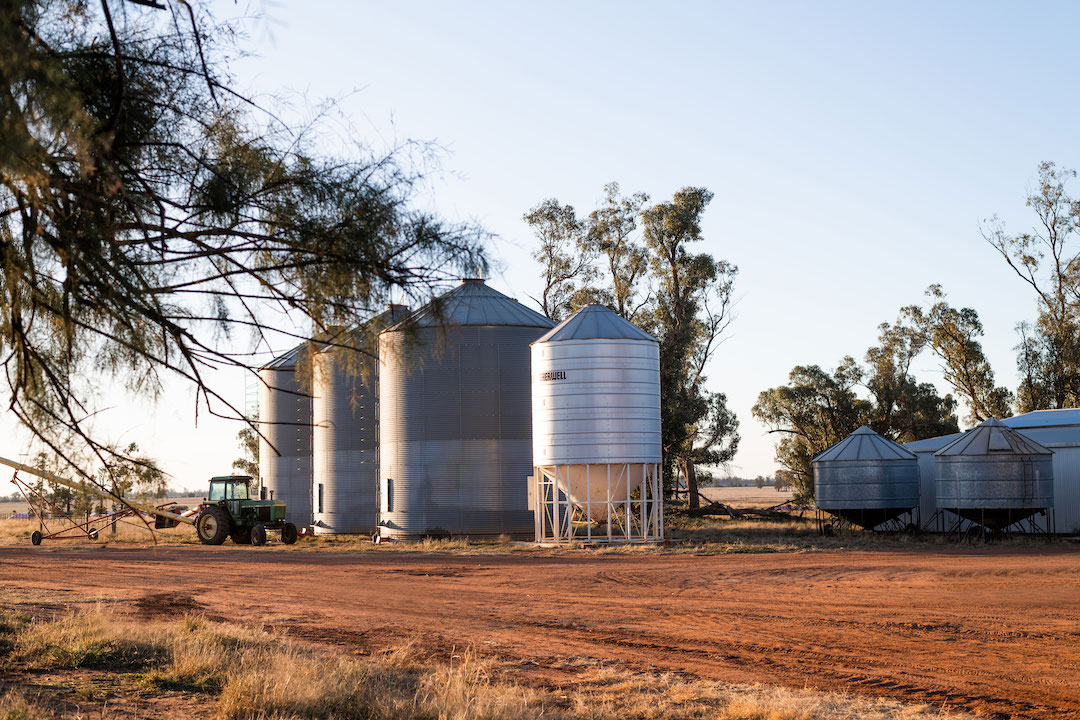
It wouldn�t be an exaggeration to state that many NSW farmers feel like they have been facing the �perfect storm� � drought, flood, disease and pestilence. NSW grain growers have experienced three years of significantly below-middling yield. They have adapted their business plans, sowing late, with varieties that don�t need soil moisture at planting, or shorter growing windows. Scanning the forecast for rain but sticking with the (albeit reduced and modified) plan.
The reward for many NSW grain growers was an autumn break, bumper 2020 winter harvest and 2021 summer harvest, followed this year by a full soil moisture profile to kick off planting. These harvest results are necessary to meet the needs of domestic customers � a feedlot industry that has grown from using 200,000 to 1.2 million tonnes of grain annually, dairy and fibre industries, intensive animal agriculture, and a burgeoning demand for vegan food � as well as export markets.
�NSW was certainly the standout state in the 2020-21 season, with growers delivering more than 8 million tonnes.”
Robert Spurway, GrainCorp Managing Director
Because of last year�s harvest results and 2021 forecasts, GrainCorp expects to export 8.5 million tonnes and has booked out port receivals until September 2021.
Planting for another bumper harvest
Matthew Madden is the NSW Farmers� Grains Committee Chair. With wife Catherine and son Alexander (married to Annie) they farm 1,600 hectares, 25km east of Moree.
�Last year was a good start,� Matthew says. �We had enough moisture and rain to create a very good season.
�Overall, last year was a record grain crop in NSW, approximately 25 per cent above the previous record, because farmers gave themselves the chance to grow the best crop after rain in early autumn,� Matthew adds.
Early frost did affect some wheat crops, with up to 50 per cent yield loss.
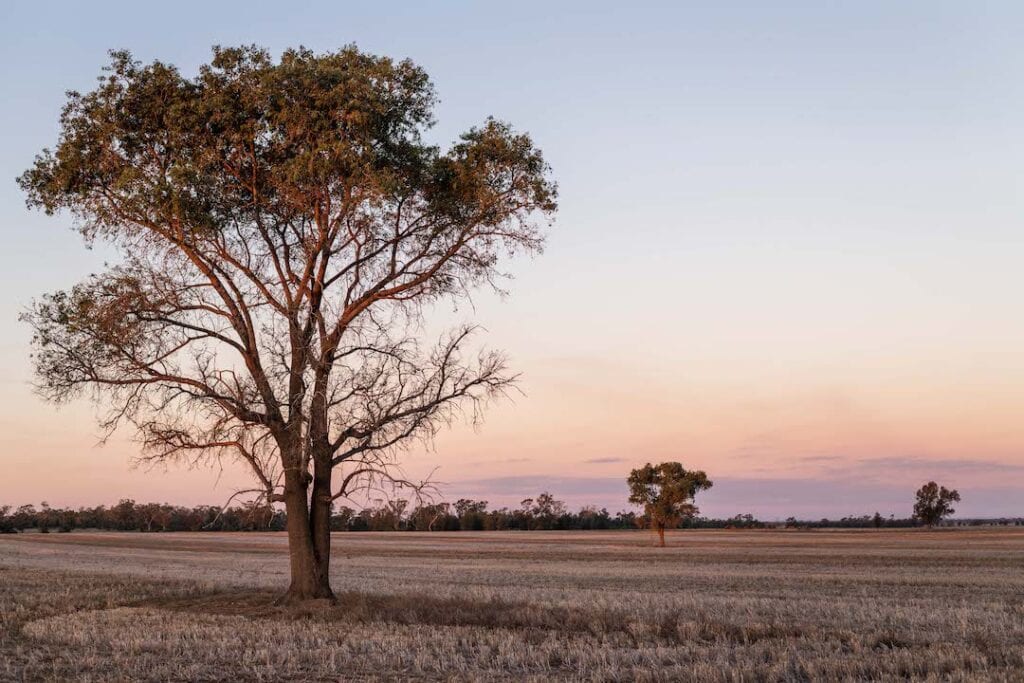
In 2021, the above-average to extremely high, lower-level soil moisture profile across most of the grain growing regions of NSW is the result of floods. At the time of writing, ongoing rain is keeping the brakes on getting machinery onto some of the country, but there is still a window for sowing, depending on the variety of cereal, legumes or oilseed planted.
According to ABARES, this year�s harvest � forecast to September 2021 � is on par to achieve record levels, based on 10-year averages; simply, more sowing will occur because of favourable conditions. NSW grain growers will contribute the largest portion of crop yield across Australia.
However, there are grain growers in the lower south west of NSW who are facing minimal sowing and yield opportunities. In districts such as Wentworth, where drought is still a reality, Jim Maynard said rain in May would ensure he and his grandsons, Ryan and Aiden, could get crop sowing underway, given the varieties they grow.
Further north, west of Dubbo, planting may be held up on some country, but able to go ahead on other paddocks following flooding rain. Fortunately, higher than average night-time temperatures saw germination kick off rapidly for those who did plant crops in May.
�The advantage of a full soil moisture profile is that we�re not chasing moisture. We�re still well within the planting season of May to mid-June,� says Tracey Blackburn, whose partner Terry Cornish grows crops with his brother, Joe, and sister-in-law, Pam, trading as Whylandra Partnership.
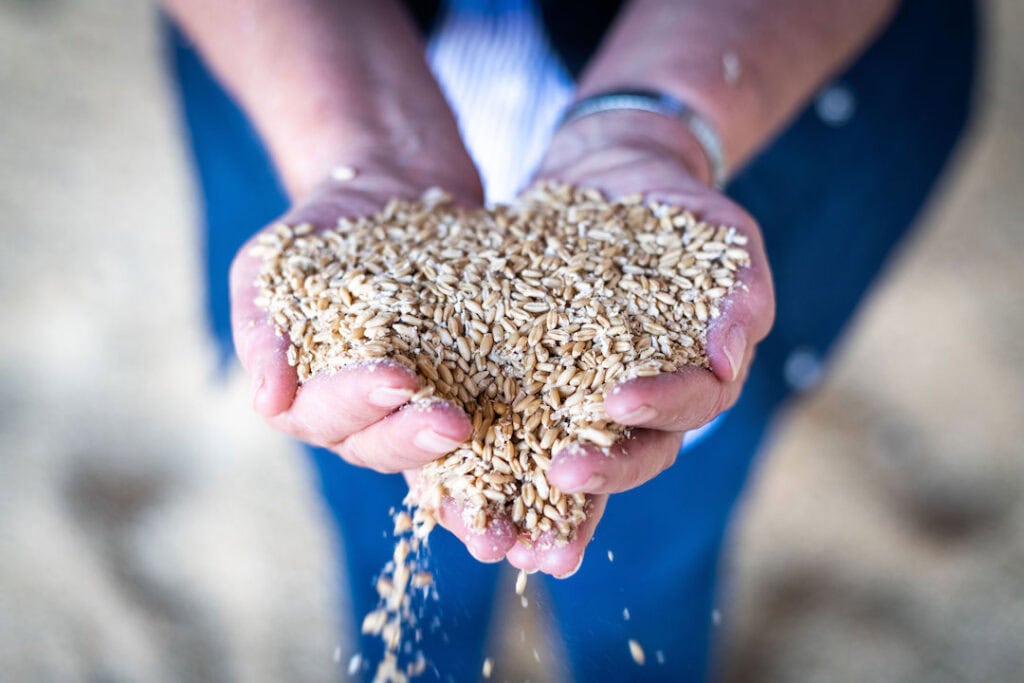
Of mice and farmers
The record 2020 winter harvest and 2021 summer harvest were followed by, for a few grain growers, a short forage by locusts; but for many more NSW farmers it was mice that created a problem, particularly for those with a summer crop.
With fresh, green sorghum standing in the paddock and drought destocking of livestock reducing grazing pressure on the other side of the fence, it was a delicious banquet waiting for a pest. Because of their sheer quantity, mice invaded crops, irrespective of the baits laid alongside fence lines. Summer harvest was balanced against the 14-day window required after aerial or ground baiting in-crop.
Farmers laid baits around sheds, silos and silo bags, to protect grain and fodder. NSW DPI successfully applied to the Australian Pesticides and Veterinary Medicines Authority to allow the use of zinc phosphide bait on bare fallows prior to the 2021 sowing period. The permit is in effect until August 2022.
NSW DPI advised farmers to bait with zinc phosphide just before or at sowing, laying it in late afternoon as per the APVMA permit.
�For some people, dealing with mice eating their crops is a new experience, and they want to bait at planting to protect their newly emerging winter crops. It�s making decision making difficult,� Matthew says.
Additional costs of baiting work out at around $17/ha, plus the operation of driving the tractor or aerial spreading.
�The other issue is the supply and demand of the actual bait product. Because of the number of mice, it feels like there�s no result,� Michael says. �If we continue no-till, and there is moisture and food for the mice, the problem has potential to continue. We don�t know if this problem with mice is a single-issue, or likely to continue through seasons. People need to be looking in their crop during the season, keeping the number of mice under control before it becomes a problem at heading and harvest time.�
The Local Land Services network, GRDC and NSWFA are providing extension services to help landowners manage the mouse plague.
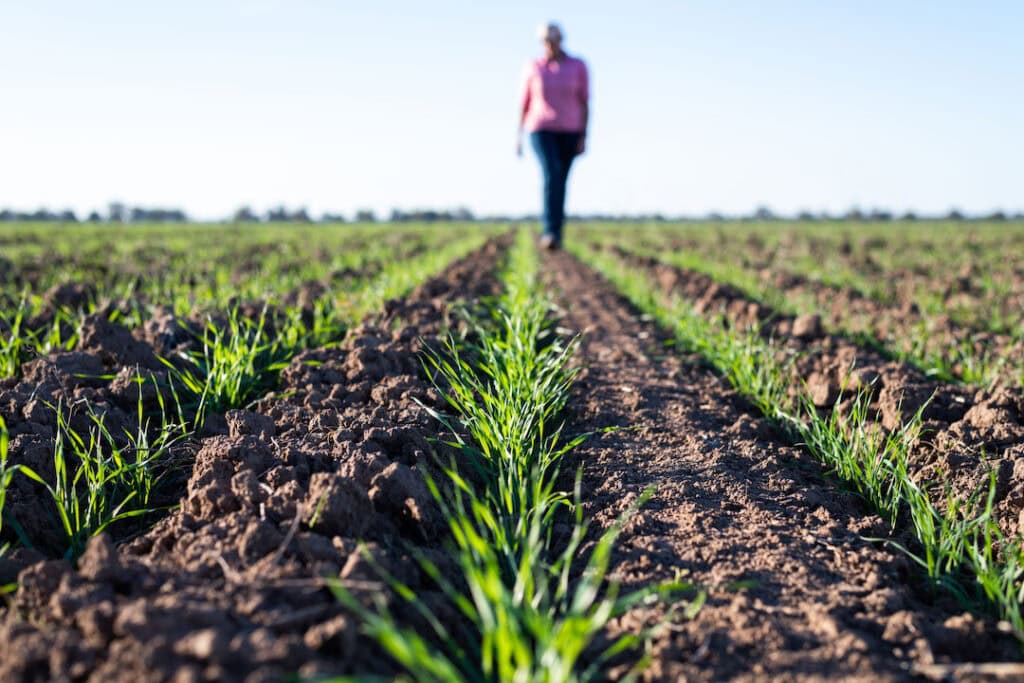
Floods broke the drought wide open
The irony of a drought is it tends to be busted by a significant amount of rain. In this case, it was extensive flooding. While that meant dams and soil moisture profiles were full, creating greater confidence for planting, the floods also did great damage, with fences and levee banks destroyed and land degradation. Some farmers are facing up to 12 months of work to re-contour landscapes that support no-till cropping.
Matthew says 600mm of rain since spring has set up a good season for the Moree district, with 375mm falling in March, including 235mm in 36 hours.
�The outlook is very good from a moisture perspective,� he says. �We did an early planting of wheat and faba beans, followed by normal wheat varieties.
�We�re at 200 per cent field capacity for water. Fortunately, nearly all farmers are in a zero till, so we�re able to capture that rainfall and slow the runoff down.
�Nearly all the cropping belt in NSW is indicating better seasonal conditions this year. Even up north is looking like it�ll get good crops. Speaking with our members, they�re quite confident things are positive for the upcoming cropping season.�
On the other side of Moree, Oscar and Susannah Pearse, working with his parents, Rowan and Kate, harvested a late crop of mung beans in April. The floods filled the soil profile, but their country needed to dry out before they could sow wheat in June.
Oscar successfully applied for funding support to re-erect fences, and needs to clean out and repair his flooded home � but without a workforce. The lack of housing in the district means agricultural workers are attracted to farms where a home is supplied. The farm worker�s home is now where Oscar and Susannah and their children are living.
�We are competing for workers against the inland rail construction and local community resilience building projects, which were funded as part of drought mitigation and economic stimulus measures,� Oscar says.
�We have full-time staff and use spray, planting and harvesting contractors. There is a job list, but there is no way we can complete those tasks with the current staff level. And we�re going to fill those bulk silos again this year, based on sowing expectations.�
It�s a circular effect. While they rely on three seasonal workers during harvest time, they were able to get two for December�s harvest. The pandemic is affecting workforce and equipment supply on a global level.
�We�re now trying to get hold of people from universities and Marcus Oldham College for our workforce; we�re even looking at something a bit more enduring, employing ag apprentices,� Oscar says.
But without a house available for at least the next 12 months, he doubts he can attract additional workers. His main focus will be production, and using contractors to repair fences ruined by the floods.
He is also monitoring locust and mice numbers. �Mice we simply couldn�t control; they were in massive numbers and did a huge amount of damage, particularly to our sorghum crops. Before we get flowering and grain formation in the crop, we�ll be counting mice population per square metre, and hopefully we can get more cost-effective solutions,� Oscar says.
Every day, because of baits laid around and in machinery, he has also been clearing and disposing of dead mice. If he doesn�t bait, those machines will be unusable until electrical wiring can be repaired. Then there is the stench of the mouse plague to deal with.
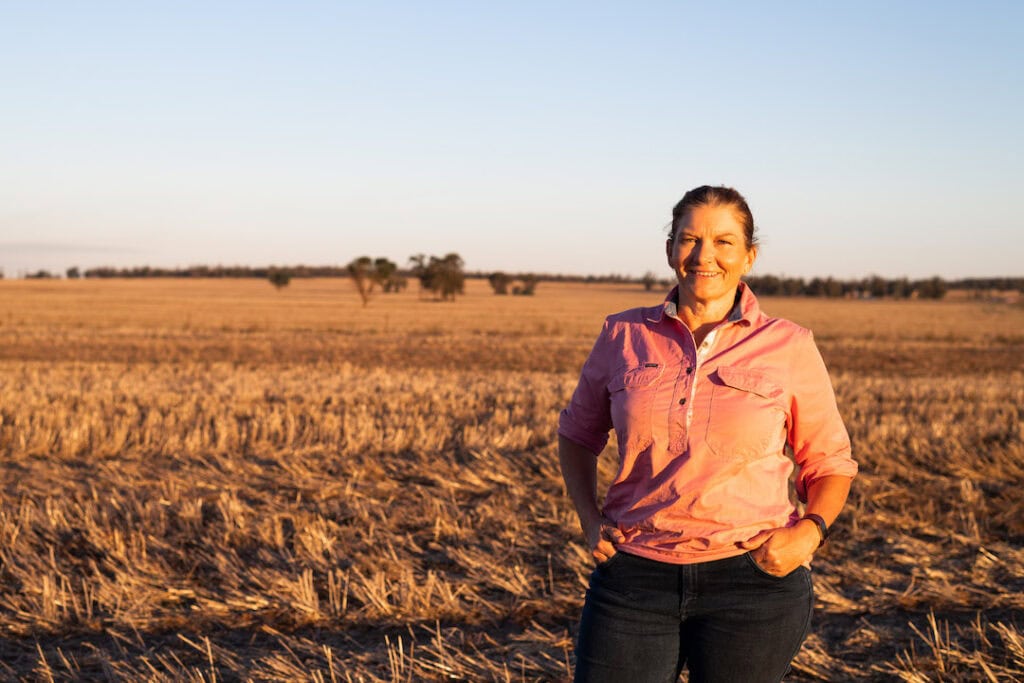
Triumph and disaster
If there hadn�t been a bumper harvest last year, there wouldn�t have been excessive grain stored on farms. If the coronavirus pandemic wasn�t affecting shipping, grain would�ve been exported rather than stored. If the floods hadn�t happened, roads would have been open and farmers could have moved their harvest off-farm. It all could have meant less grain stored on farm and subsequently less food for mice. Social and mainstream media went into a frenzy over the mice numbers, but the above scenario is reality for NSW farmers.
This was the perfect storm managed by Whylandra Partnership, with 10,000 hectares of cropping country west of Dubbo and south of Narromine. They grow grain for export and domestic markets. They had already dealt with the loss of their regular northern hemisphere workforce at harvest by employing students out of Marcus Oldham College.
Excess harvest was in silo bags. The principals laid mouse baits around silos, sheds and silo bags; and then had to deal with the effect of foxes predating on mice.
�The silo bags are a good short-term solution to a boom harvest, without over-capitalising,� Tracey Blackburn says. �If the pandemic wasn�t holding up shipping, receivals would have been empty and we would have been able to move our grain into bulk storage. Mice wouldn�t have been such a problem.�Unfortunately, foxes were after the mice and tearing into the silo bags. A hole in the silo bag lets in moisture and swells the grain. It then downgrades the grain quality and increases the waste � grain that cannot be used has to be disposed of. We�ve spent hundreds of dollars taping up and patching silo bags, keeping the moisture out,� says Tracey.�


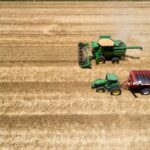
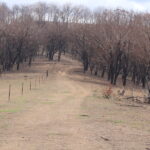
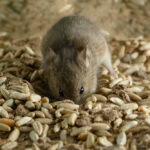
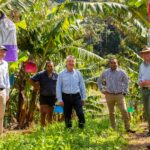
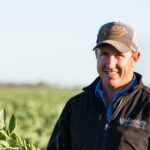


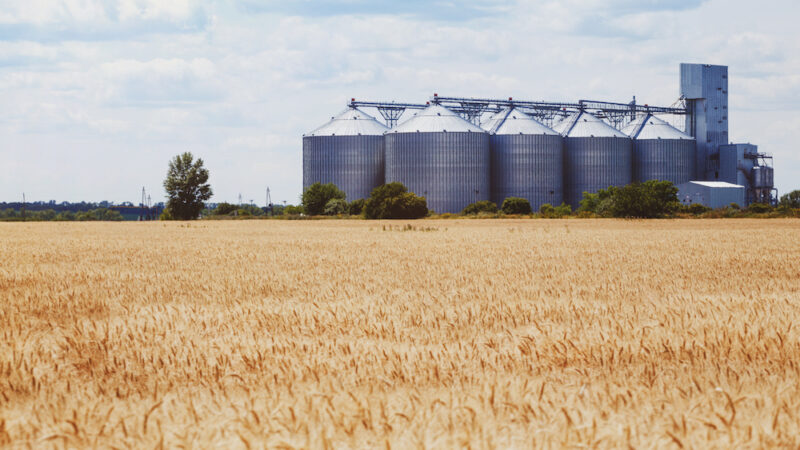
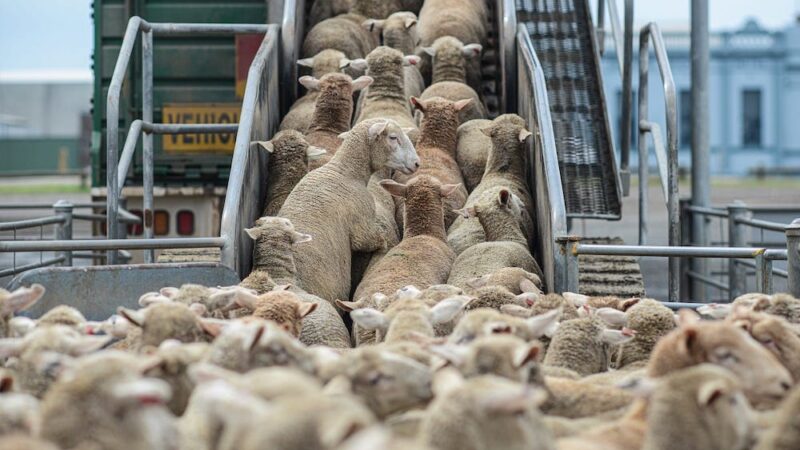

Please consider opening the Blayney to Demondrille railway line and Koorawatha to Grenfell station rail line. Greenethorpe is in the middle of this branch line
Vice president Xavier attended a transport meeting in Bathurst a number of years ago with the late ulice army Smith and nsw farmers councillor and member of Lachlan Regional transport committee inc sub committee that ran the seminar.